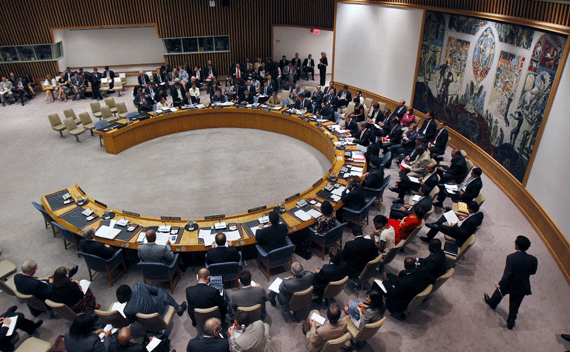
The relation between Council and General Assembly Discussions on the reform are held at the General Assembly and focus on five main points : The reform of the Security Council is regularly raised, in order to have better representativity and work effectiveness. The Security Council can also be seized by another UN Member State, regarding a question of peace and security, the General Assembly, or the Secretary-General.Ī State whose interests are particularly affected by an issue discussed at the Security Council, can be invited to attend the meeting, however, without decision-making authority. The Security Council can also decide to adopt other form of expressions, such as press statements or statement by the President of the Security Council, which are adopted by consensus. Recommend procedures for peaceful settlement of disputesĪuthorize the use of force to maintain or restore peace and securityĮstablish international criminal tribunals When peace is seriously threatened, the Security Council can adopt resolutions imposing obligations or sanctions on one or more States. The decisions adopted by the Security Council are legally binding texts that apply to all UN Member States. Any decision of the Council is rejected if one of the permanent member State uses it. Permanent member States also have the right to veto.

Resolutions are adopted when supported by a majority of vote of nine out of fifteen votes. The Security Council Member States hold the presidency in turn, following the English alphabetical order, and agree on a Program of Work for the month to come.Įach member of the Council has one vote. Check the current members of the Security Council


 0 kommentar(er)
0 kommentar(er)
